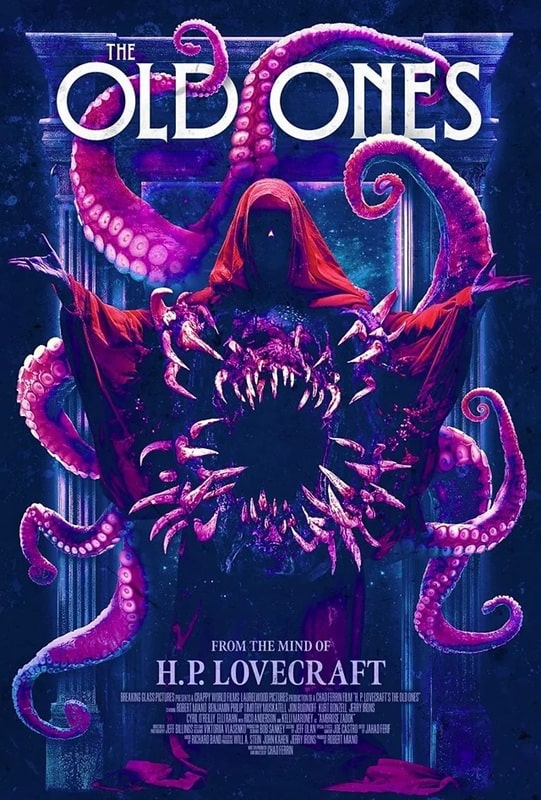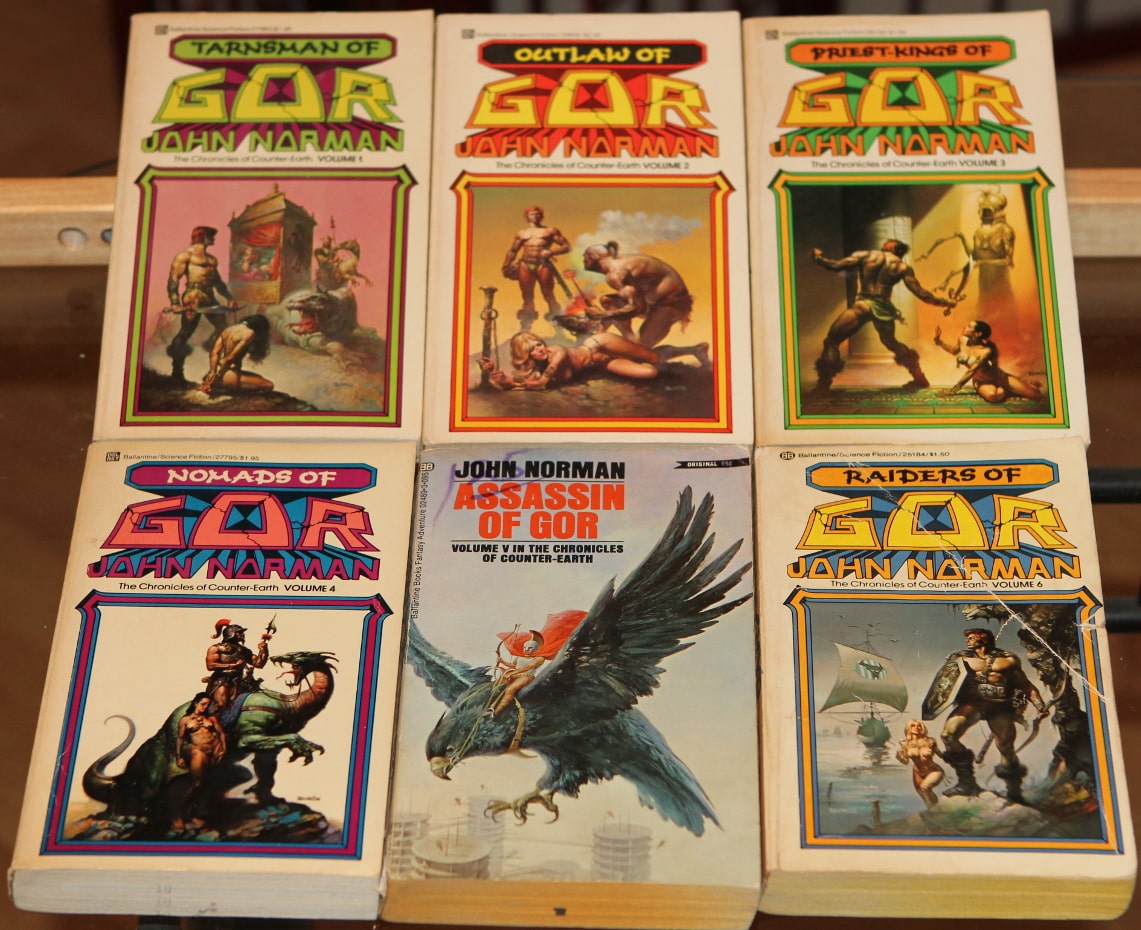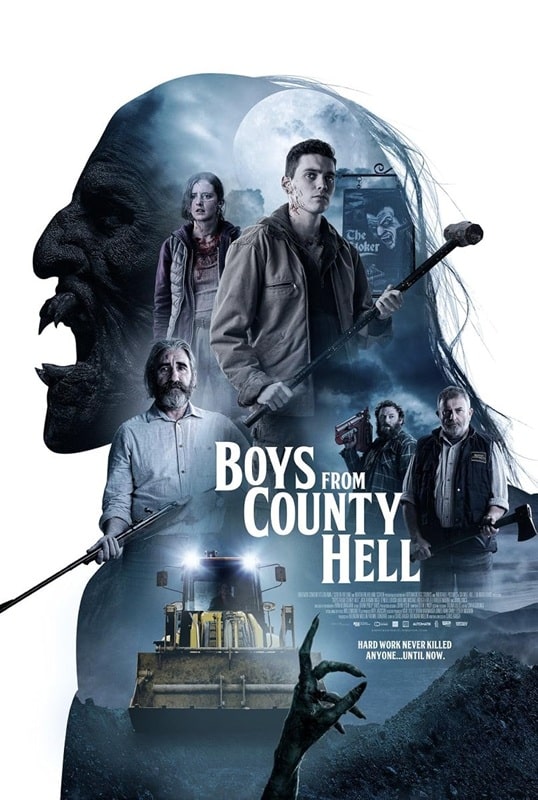A Stellar Lineup: Harlan Ellison, James Tiptree, Jr, Frederik Pohl, John Brunner, Roger Zelazny, Poul Anderson, and more in The Alien Critic 7, edited by Richard E. Geis
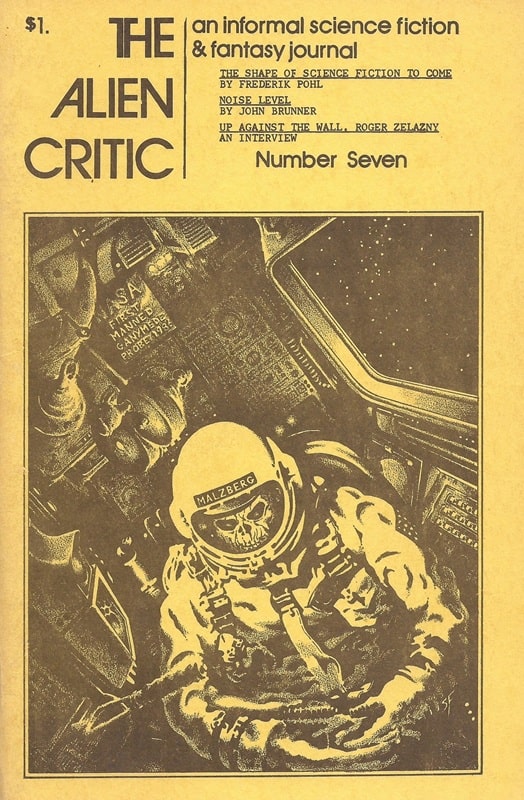 |
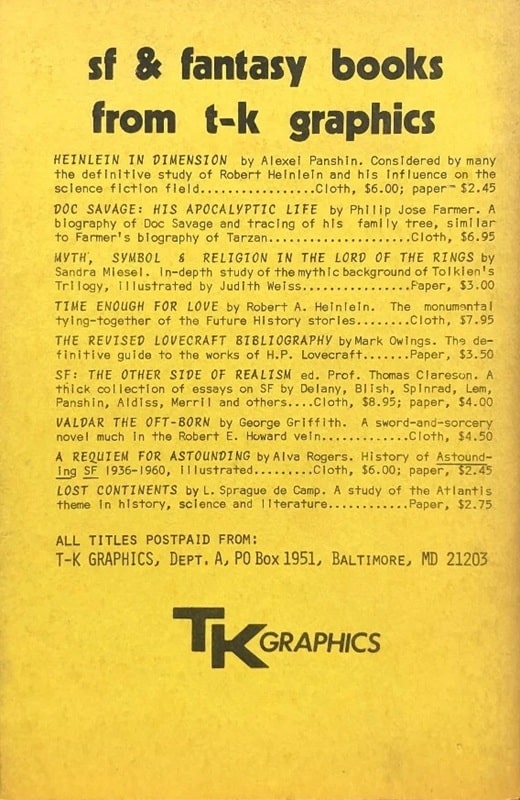 |
The Alien Critic Number Seven, November 1973. Published and edited by Richard E. Geis. I subscribed to TAC the following year after reading Geis’s column in IF.
Geis really had the juice back then — this issue includes Frederik Pohl, John Brunner, Roger Zelazny, Damon Knight, Poul Anderson, Robert Bloch, Miriam Allen de Ford, Ross Rocklynne, “James Tiptree, Jr.,” and others — including a letter from Harlan Ellison that lists the then-current contents of The Last Dangerous Visions. Seriously.
